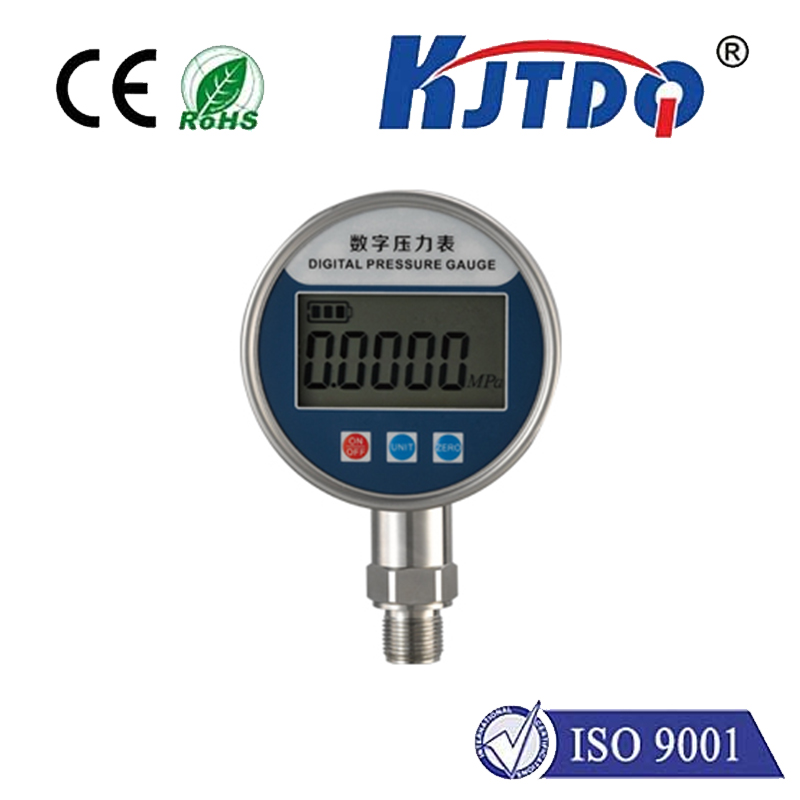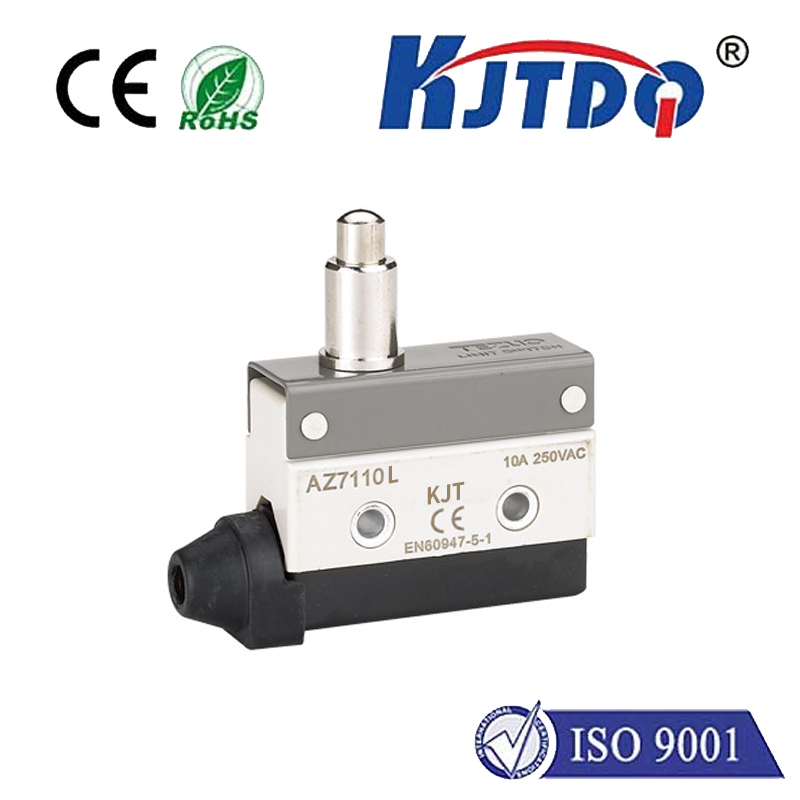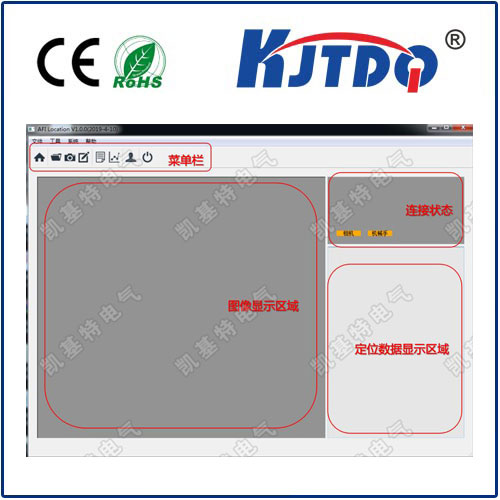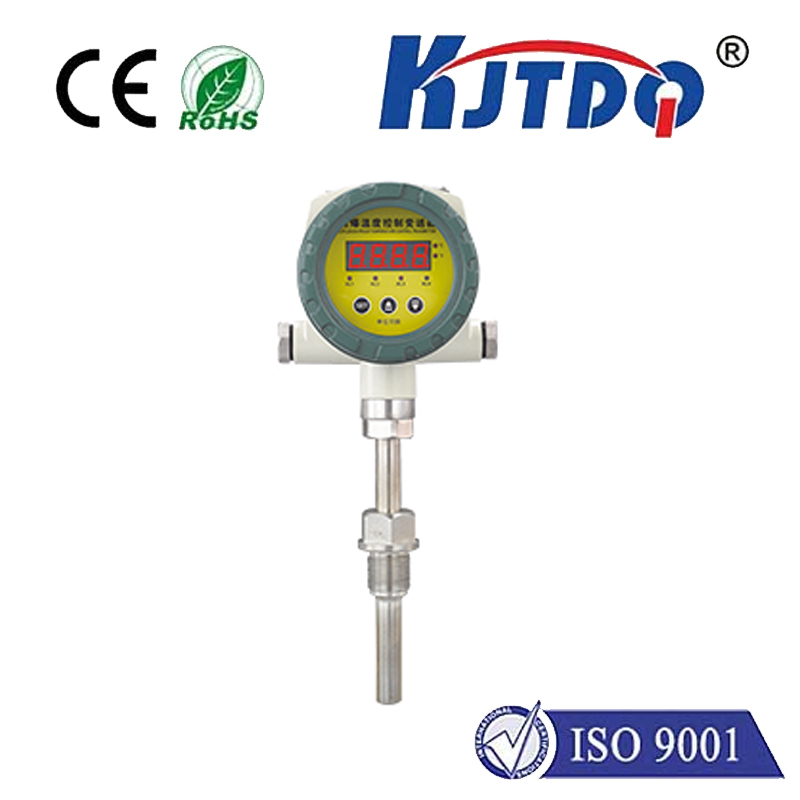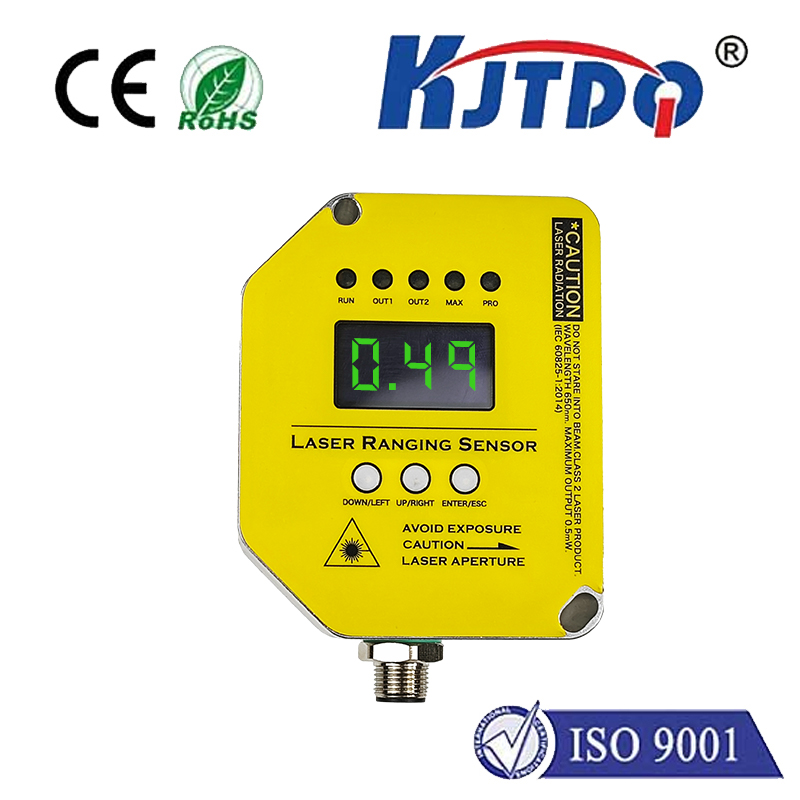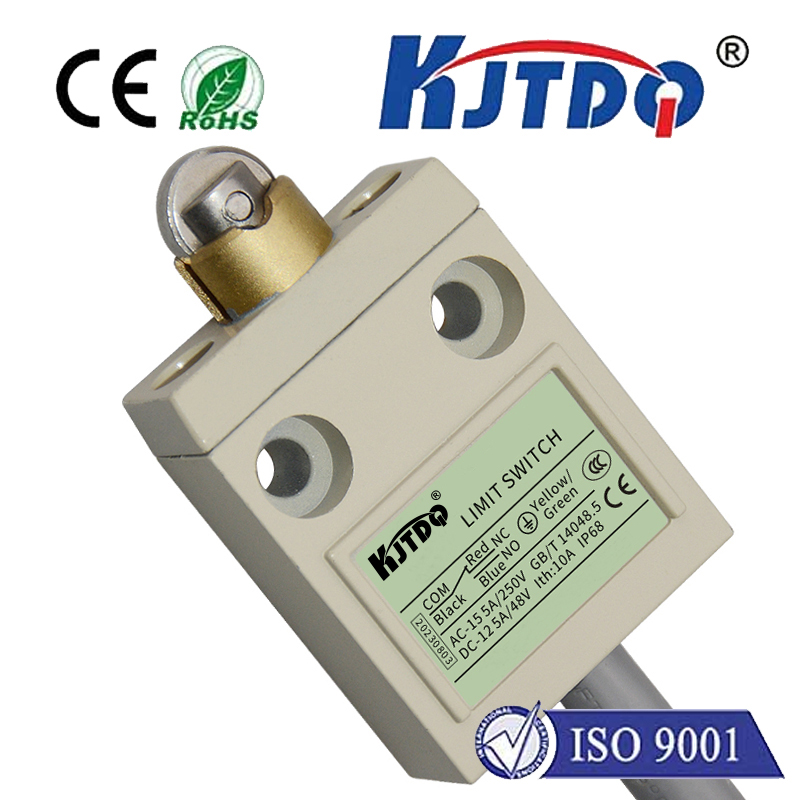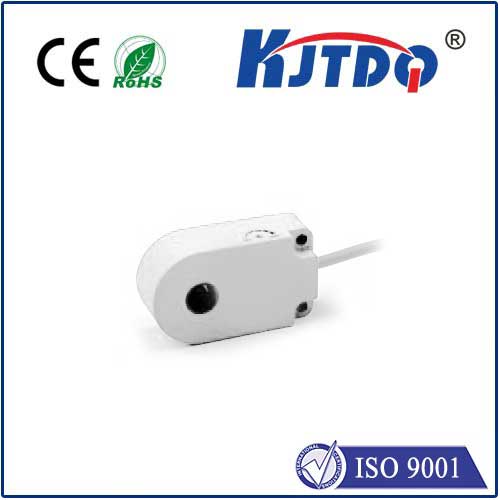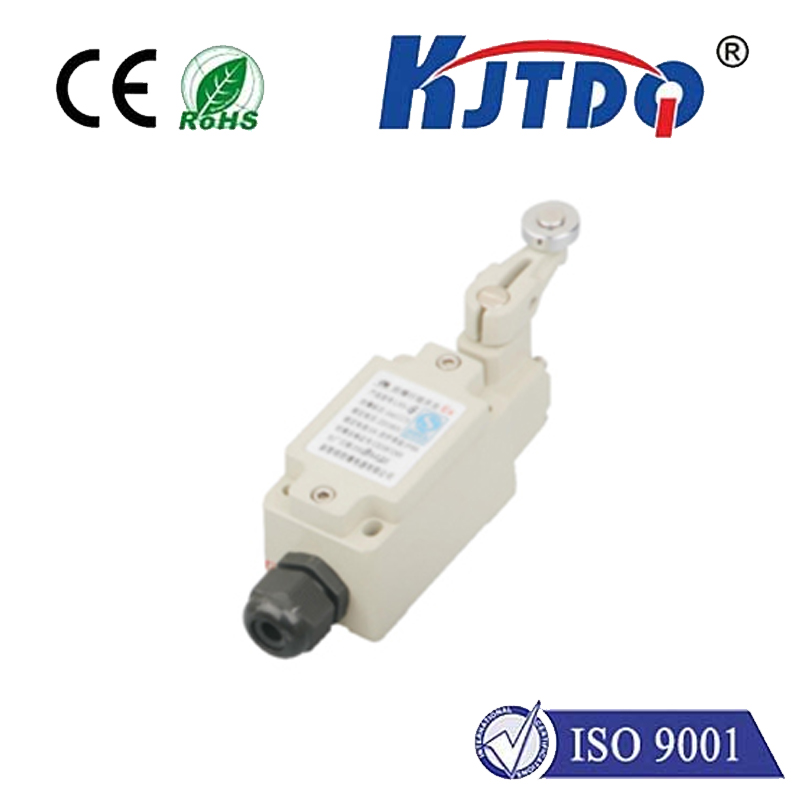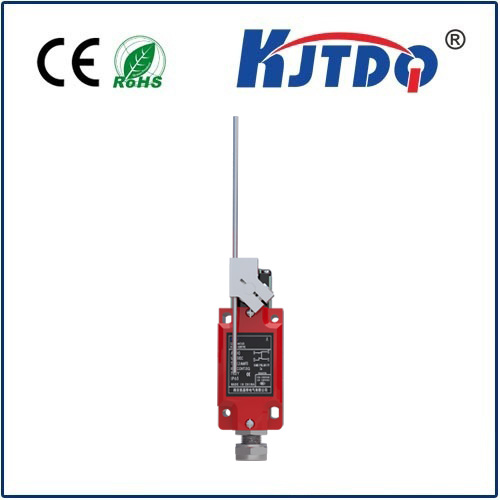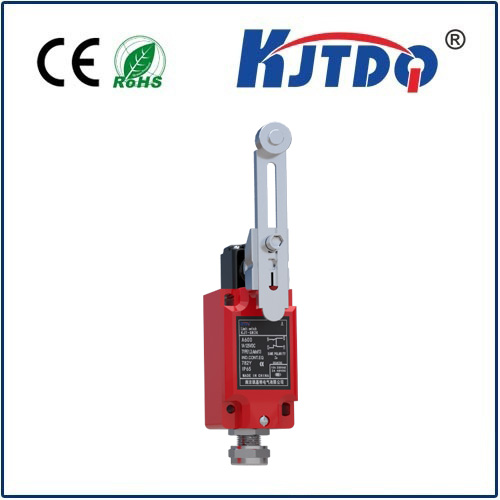
check

check

check

check
Unlocking the Power of Infrared Laser Distance Sensors: A Comprehensive Guide In today’s fast-paced world, precision and accuracy are paramount across various sectors including manufacturing, robotics, and automotive industries. Among the array of technological advancements aiding these fields, infrared laser distance sensors stand out as a game-changer. These sensors have revolutionized the way distance measurement is performed, offering unparalleled accuracy and reliability. Let’s delve into what makes infrared laser distance sensors indispensable in modern applications.
Infrared laser distance sensors, commonly known as IR laser sensors, are electronic devices that utilize infrared light to measure the distance between the sensor and an object. The sensor emits an infrared laser beam towards the target. Upon hitting the surface, some of this light is reflected back to the sensor. By calculating the time it takes for the light to return, the sensor can determine the precise distance to the object. This principle of operation is rooted in the basic laws of physics concerning the speed of light, ensuring highly accurate measurements.
One of the primary attractions of infrared laser distance sensors lies in their exceptional accuracy. Unlike sonic or ultrasonic sensors, which may be affected by environmental factors like temperature and air density, infrared lasers remain consistent in their performance. This makes them ideal for use in diverse settings where precision measurement is critical. Another significant advantage is their long-range capability. Advanced models can measure distances up to several hundred meters with high precision, making them suitable for applications requiring extensive range. Furthermore, these sensors offer a non-contact measurement approach. This means they can operate without physically interacting with the target, reducing wear and tear on both the sensor and the object being measured. It’s especially beneficial in scenarios where hygiene or preservation of the target material is crucial.
The versatility of infrared laser distance sensors has led to their adoption in numerous fields. Here are a few notable applications:
Industrial Automation: In manufacturing environments, these sensors are used for level sensing, positioning, and proximity detection. They ensure machinery operates efficiently and safely, preventing collisions and improving workflow automation.

Robotics: Robots rely heavily on accurate distance measurement for navigation and obstacle avoidance. Infrared laser sensors provide the necessary precision, enabling robots to move seamlessly within complex environments.
Automotive Industry: With the rise of autonomous vehicles, these sensors play a pivotal role in advanced driver assistance systems (ADAS). They help in maintaining safe driving distances, parking assistance, and even lane-keeping functions.
Consumer Electronics: Many modern gadgets, such as smartphones and wearables, incorporate infrared laser sensors for tasks like autofocus in cameras and gesture recognition.
While the benefits of infrared laser distance sensors are undeniable, selecting the right model for your specific needs requires careful consideration of several factors:
Range: Ensure the sensor covers the required measurement distance for your application. Some applications might need short-range sensors, while others demand extensive coverage.
Accuracy: Different sensors offer varying levels of precision. Choose one based on how critical exact measurements are to your project.
Environmental Conditions: Consider factors like dust, moisture, or temperature variations that could impact sensor performance. Look for models designed to withstand harsh conditions if necessary.
Power Consumption: For battery-operated devices or portable applications, power efficiency becomes a crucial factor. Lower power consumption extends operational lifespan and enhances usability.
Infrared laser distance sensors represent a remarkable blend of advanced technology and practical utility. Their ability to deliver precise, non-contact measurements over long distances makes them indispensable across various industries. As technology continues to evolve, we can only expect these sensors to become even more integral to our daily lives, paving the way for innovations that were once considered science fiction. Whether you’re in manufacturing, robotics, or simply looking to upgrade consumer electronics, understanding and harnessing the power of infrared laser distance sensors can propel your endeavors to new heights.
